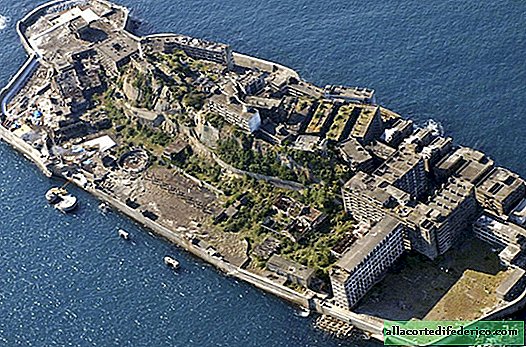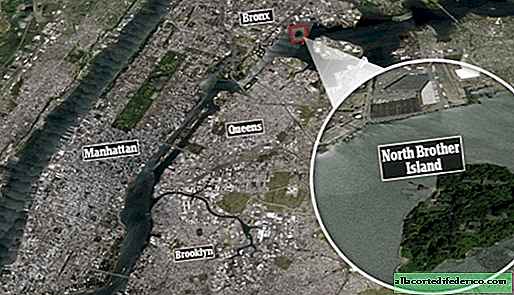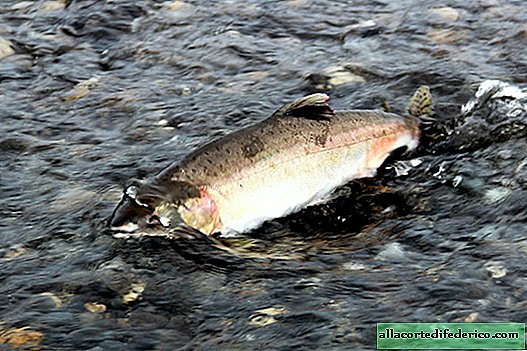Drake Strait - the most stormy place on the planet
Cruise liners do not go here, and cargo ships prefer a different route if you need to go around South America from the south. Only large-tonnage vessels decide to pass through the Drake Channel. And the point is not so much in the icebergs that are very common here, but in the incredibly strong storm winds that always blow here, regardless of the season and time of day. But why is the Drake Channel one of the most stormy places on the planet?

The Drake Strait is located between South America and Antarctica, or more precisely, between the Tierra del Fuego archipelago and the South Shetland Islands. The strait has a number of characteristics, which makes it outstanding against the background of all the other straits of our planet.

Firstly, the Drake Strait is the widest strait on the map, and its width in the narrowest part is 820 kilometers. The second feature of the Drake Strait is its depth. This is the deepest strait on the planet, and when sea vessels pass through it, then under them 5 kilometers of water. Well, the third feature of this harsh place is the constant winds.

In the southern part of the globe, between 40 ° and 50 ° south latitude, a powerful Antarctic circumpolar ocean current, or the current of the West Winds, passes. This current, not meeting obstacles in the way in the form of continents or large islands, develops a significant speed. Therefore, all ships sailing through the Drake Strait from the Atlantic to the Pacific Ocean have to overcome the strong resistance of the Antarctic circumpolar ocean currents.

But the current is not as scary as the stormy winds. "Frantic Fifties" - that's what the sailors called the oceanic space between 50 ° and 60 ° south latitude. Strong westerly winds constantly blow here, often reaching 25-30 m / s, that is, indicators of a 10-point storm. For this reason, sailors sailing here in the XVII-XIX centuries, and called this place "frantic fifties."

In addition to stormy winds, the situation in the strait is significantly complicated by icebergs and drifting ice. The southern part of the strait from April to November (namely at this time in the southern hemisphere winter) is covered with ice. Well, in the summer, in the south of the Drake Strait, icebury often swim, and drifting ice reach the coast of Tierra del Fuego.

If we talk about shipping in this strait, it is not very developed due to the above reasons. After the Panama Canal was built, most ships use it in order to get from the Atlantic to the Pacific Ocean and back. Well, if it is necessary to get to the southern part of South America, going around it from the south, then they use the much calmer and safer Strait of Magellan. Numerous cruise liners, following the routes around the world, also pass along it.

Well, along the Drake Strait go large cargo ships, container ships and oil tankers, as well as heavy warships. And here is the passage through the Drake Channel in stormy weather.

















